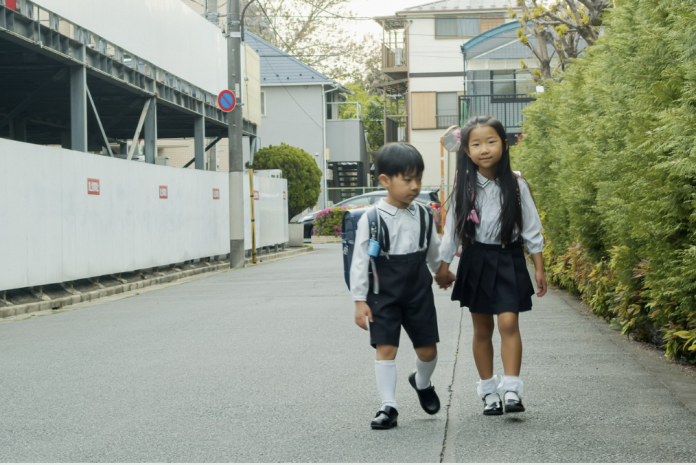As a technological country, the curriculum here is crafted in a way that develops the motor skills of children very early. Although schooling is compulsory for kids till they reach the secondary level, there are diverse systems with local variations to boost higher education.

The structure of the education system entails:
• The Pre-Primary Education
It is offered either through a playschool or kindergarten, which is regarded as an educational institution. Or, it is offered via a daycare center. All of these institutions are crafted to develop the cognitive skills of children from age one to five.
This will help to prepare them for the compulsory elementary level of education that runs for six years. Most of these schools that offer this type of education are on private funding.
• The Primary Education/ Elementary Education
Elementary education in Japan starts at the tender age of six and kids must attend. Meanwhile, lower secondary education is the final stage of compulsory education and it caters to students from twelve to fifteen years.
The education in the elementary school comprises grades one to six. And, the teachers are responsible for every subject while the classes are carried out in a single room for enough activities.
In Japan, there are private and public schools for this level of education.
• The Lower Secondary High School
This lower secondary education comprises grades seven, eight, and nine. And the kids here are roughly twelve to fifteen years. Special focus is placed on their academic studies.
However, it is not mandatory in Japan even though ninety-six percent of students from the primary level normally go for the secondary level education. Here, one teacher is assigned to teach one particular subject.
The subjects that are covered here are science, arts and craft, social studies, mathematics, English, and others. English was made mandatory in the school curriculum since the year 2011.
• The Upper Secondary Education/ Senior High School
While upper secondary education is not mandatory, most of the students are known to pass from Junior high school and go for their senior high school education. It takes three years to complete.
The curriculum here ranges from Maths to Science, Japanese, and English. Later on, vocational and technical courses are introduced. These courses range from fish farming to accounting, business, and computers.
• The University/ Higher Level of Education
As for the University level of education, Japan has more than seven hundred universities and within three to four years, a student can become a graduate in their chosen bachelor’s degree.
More so, they have some professional diploma or degree courses that takes five to six years. And the most popular subjects students go for are accounting, engineering, business management, law, social sciences, and humanity.
The public universities in Japan have been recorded to enjoy better prestige than the private universities. More so, only roughly twenty-seven percent of students can get into public universities.
Conclusion
If you want to school in Japan, we have outlined the educational systems in these countries. They have been broken down so you have an idea of the number of years you are expected to stay in school.





